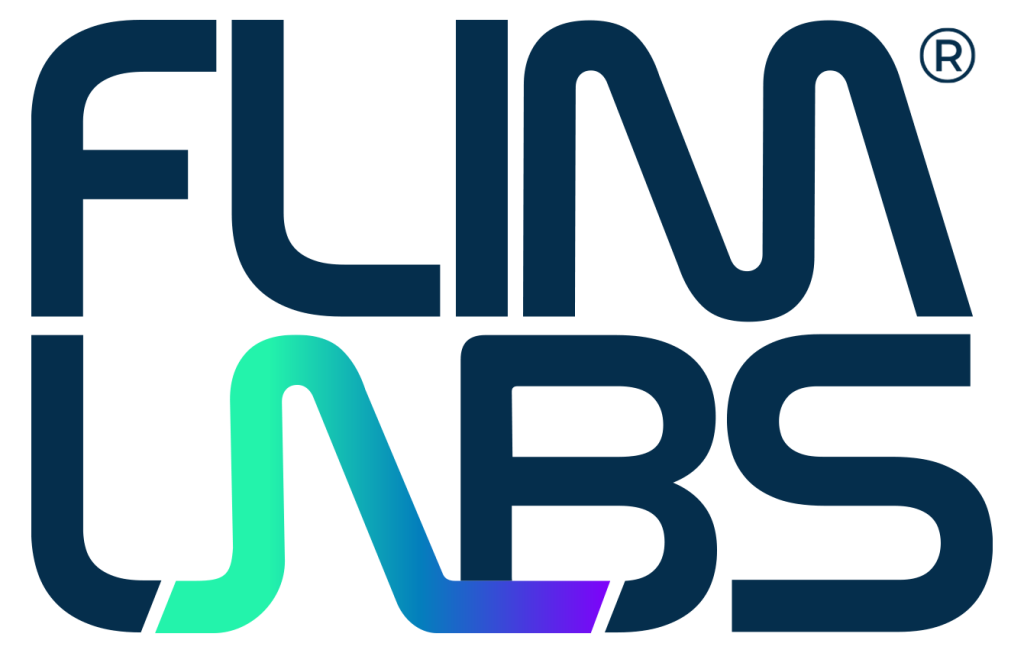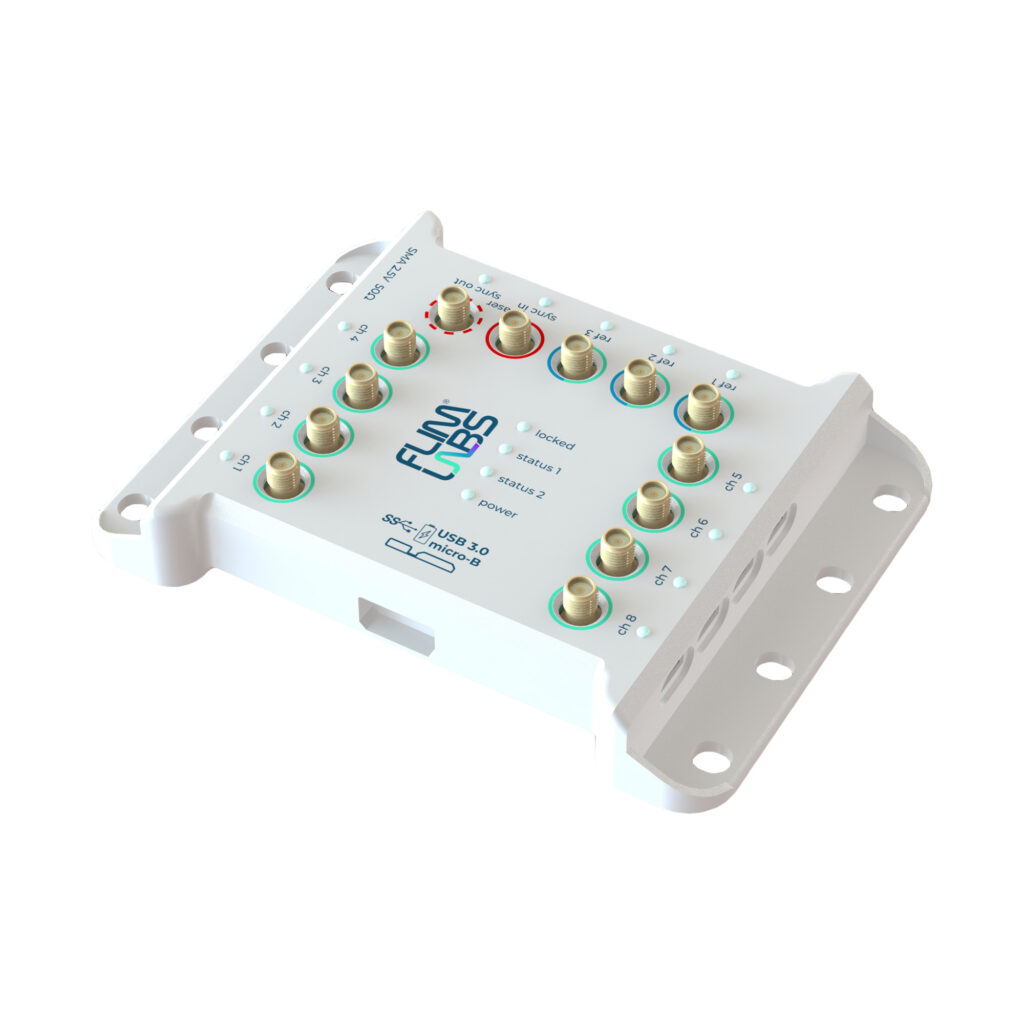Fluorescence Correlation
Spectroscopy
(FCS)
Fluorescence Correlation Spectroscopy (FCS) is a technique for the study and quantification of molecular dynamics. As the name suggests, FCS is based on the analysis of time correlation in fluorescence fluctuations emitted when fluorescent molecules are diffusing in and out of a volume of observation. It is considered a single-molecule technique, since the continuous fluctuations of the fluorescent molecules in and out the probed volume can be used to determine the individual properties of one, or several, species in the sample [1].
The time-dependent intensity F(t) is analyzed statistically in order to determine the amplitude and frequency distribution of fluorescence fluctuations: what happens is that the FCS statistical analysis consists in the calculation of the correlation between F(t) and F(t+τ) for a range of delay times τ. The result is an autocorrelation function G(τ) that contains different information of the fluorescent molecules under investigation [2].
FCS is often performed in a confocal system, where the observation volume is the smallest diffraction-limited spot achievable with a focused laser beam. During the measurement, the diffraction-limited spot is kept in a fixed position throughout all the time of the acquisition. Within this context, FCS is a technique that can be easily implemented using FLIM LABS instruments.
The amplitude of the correlation curve G(0) is inversely proportional to the average number of fluorescent molecules N in the observation volume, i.e., G(0)∼1/N. Furthermore, the width of the correlation curve τD represents the average time a molecule diffuses through the waist of the focus laterally.
Indeed, the FLIM FLIM Data Aquisiton Card allows the user to perform a fast acquisition of the fluorescence fluctuation signal over time. The autocorrelation curve can be easily calculated and the combined can be integrated with eventual FLIM measurements.
find out more about our products
Bibliography
[1] J. R. Lakowicz, Principles of fluorescence spectroscopy. 2006.
[2] L. Yu et al., “A Comprehensive Review of Fluorescence Correlation Spectroscopy,” Front. Phys., vol. 9, no. April, pp. 1–21, 2021.














